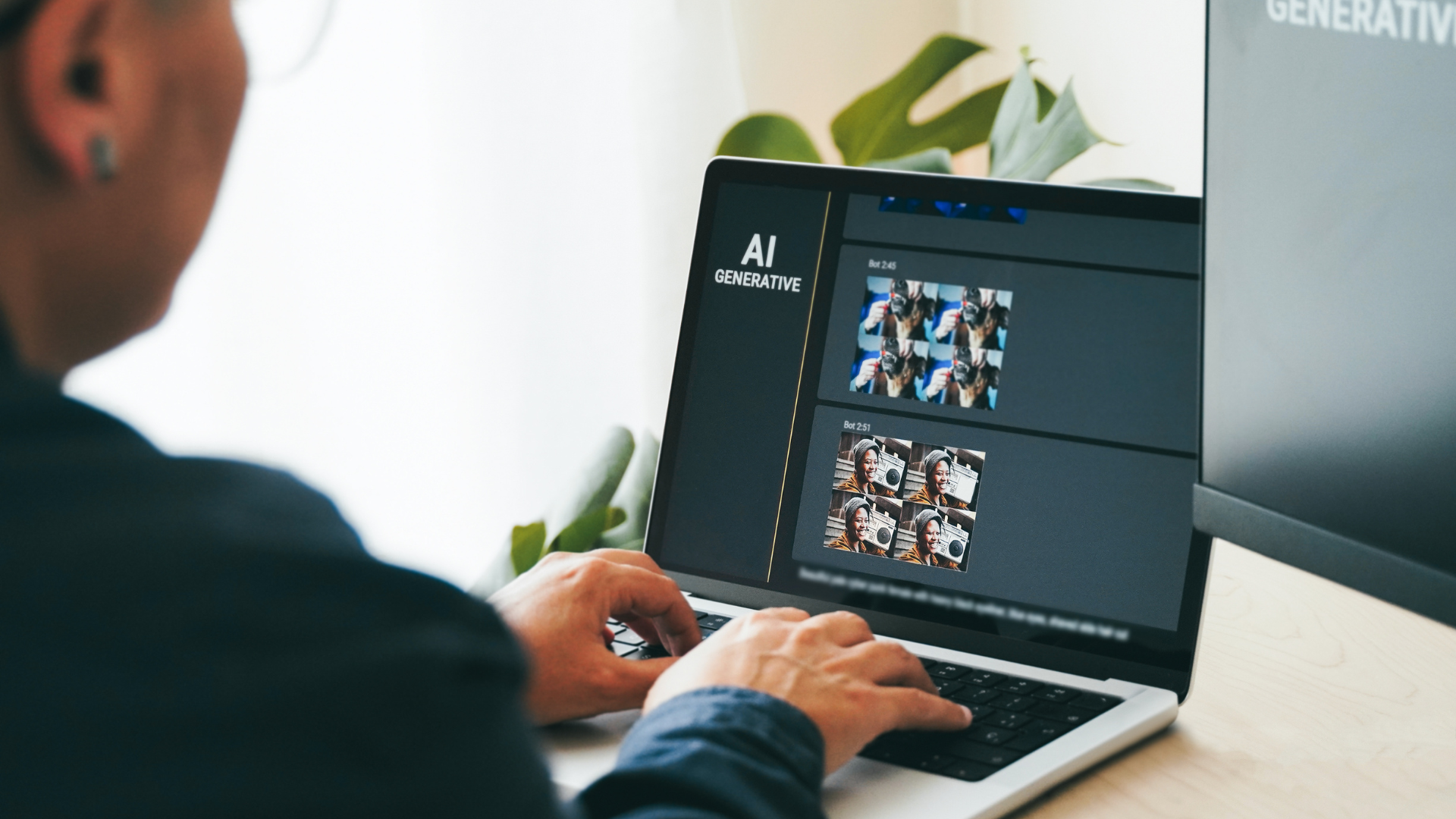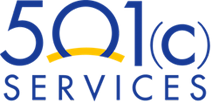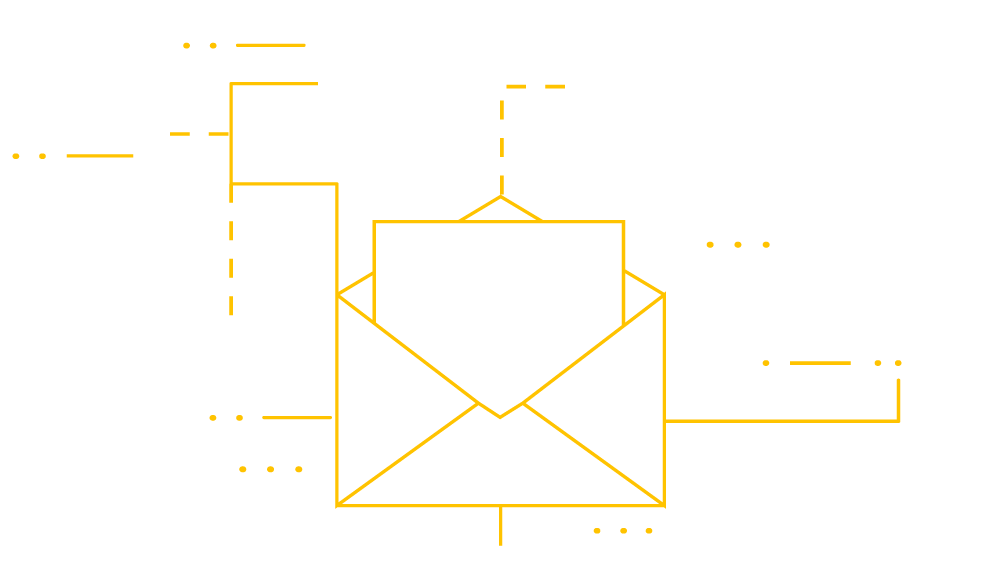
After three years of publicly available generative AI, large language model development, and the proliferation of workforce automation tools, experts have begun documenting the impact this technology has had on modern workplaces. The most eye-catching effects are hiring freezes and mass layoffs, which have hit the tech industry particularly hard. Many firms are open and enthusiastic about the amount of work that is now being done by automated coding tools, hinting that the productivity gains are significant.
These statements have gone beyond the tech industry, with many companies now incorporating AI into their long-term strategy. Some experts have also pointed out that AI does not yet have a universally accepted definition, although regulatory bodies like NIST and the European Union have published working definitions.
This lack of consensus makes it difficult to track how much AI is contributing to layoffs and freezes relative to other factors, such as challenging economic headwinds, a reversal of COVID-19 hiring trends, or fiscal policy changes. This is especially true for industries that are not heavily reliant on software or technology. Many experts have predicted that AI will allow companies to maintain or increase productivity significantly without adding new employees. The reasoning is that AI can perform work at a level that meets or exceeds the ability of a human.
Although the models themselves are not free, and many have yet to generate any profit for their creators, business leaders are betting on this technology being transformative. AI is expected to free up resources and time for employees to work on more complex tasks. For many organizations, this could also lead to a reduction in size, as AI tools automate certain jobs and make the remaining team members more productive.
 The primary reason most people are skeptical of AI being the leading factor in the current hiring pause is the multitude of other contributing forces, including:
The primary reason most people are skeptical of AI being the leading factor in the current hiring pause is the multitude of other contributing forces, including:
- Tech-focused media: While AI has seen adoption in many industries, it has been most discussed in relation to the tech industry. For other industries which require interpersonal skills, physical labor, and operations that are not easily automated, it could have little to no impact.
- Market trends: The economic upheaval of the last few years has created a tremendous amount of uncertainty, including warnings about a looming recession and bear market conditions. These challenges make many organizations reluctant to hire.
- Economic headwinds: Recent tariff policies and trade tensions have caused upheaval in multiple sectors. Many organizations are waiting to see the long-term effects before investing in new hiring.
All of these factors have muddied the waters, making it hard to say exactly why these changes are occurring. AI, much like return-to-office mandates, has also become a useful PR tool for companies, allowing them to explain layoffs in more palatable terms. Moreover, productivity gains can be difficult to measure. For example, a benchmark like ‘AI writing thousands more lines of code’ is misleading, as a large volume of code does not necessarily equate to better productivity or outcomes.
Nonprofits are subject to many of the same pressures and factors, and have embraced AI at a rate comparable to the private and public sectors. However, many of the primary issues that nonprofits face when recruiting are unique to their sector and may not be easily overcome or automated.
For example, many nonprofits report persistent issues with hiring and retention, as funding uncertainty and burnout push teams into continuous churn. This tight labor market is the opposite of trends in some private sector areas, where demand for new employees is down. While this may seem like a logical time to utilize automation and AI to fill in gaps, those tools are not always suited to the tasks that nonprofits and mission-driven organizations fulfill.
While AI can boost productivity on a software development team, it is less applicable to fundraising efforts or public outreach, where person-to-person communication remains essential. Additionally, many economic factors have contributed to a crisis in nonprofit funding.
The recent reduction in federal spending has had a significant impact, putting an estimated 2.8 million nonprofit jobs at risk. For a sector that already struggles with recruitment and retention, this could have long-term effects and fuel further workplace attrition.
The remarkable capabilities and potential of AI have been covered extensively, but it remains unclear how much this potential translates to real-world productivity outside of technical roles. For mission-driven organizations, it is important to explore ways to increase efficiency. However, rapid adoption of unfamiliar tools can also lead to confusion and internal resistance. Media coverage linking AI to hiring freezes may raise fears that its use is a sign of future job loss, potentially damaging morale and increasing turnover.
There are many ways to utilize automation without triggering concerns about job security. Taking time to explain your strategy to staff, providing training so your team can use the tools effectively, and encouraging feedback can all help reduce resistance. Fostering an open-minded approach to AI could be key to successful implementation. Shifts in the technological and political landscape can be incredibly challenging for nonprofits.
ABOUT US
For more than 40 years, 501(c) Services has been a leader in offering solutions for unemployment costs, claims management, and HR support to nonprofit organizations. Two of our most popular programs are the 501(c) Agencies Trust and 501(c) HR Services. We understand the importance of compliance and accuracy and are committed to providing our clients with customized plans that fit their needs.
Contact us today to see if your organization could benefit from our services.
Are you already working with us and need assistance with an HR or unemployment issue? Contact us here.
The information contained in this article is not a substitute for legal advice or counsel and has been pulled from multiple sources.
(Image Credit: Canva.com)




